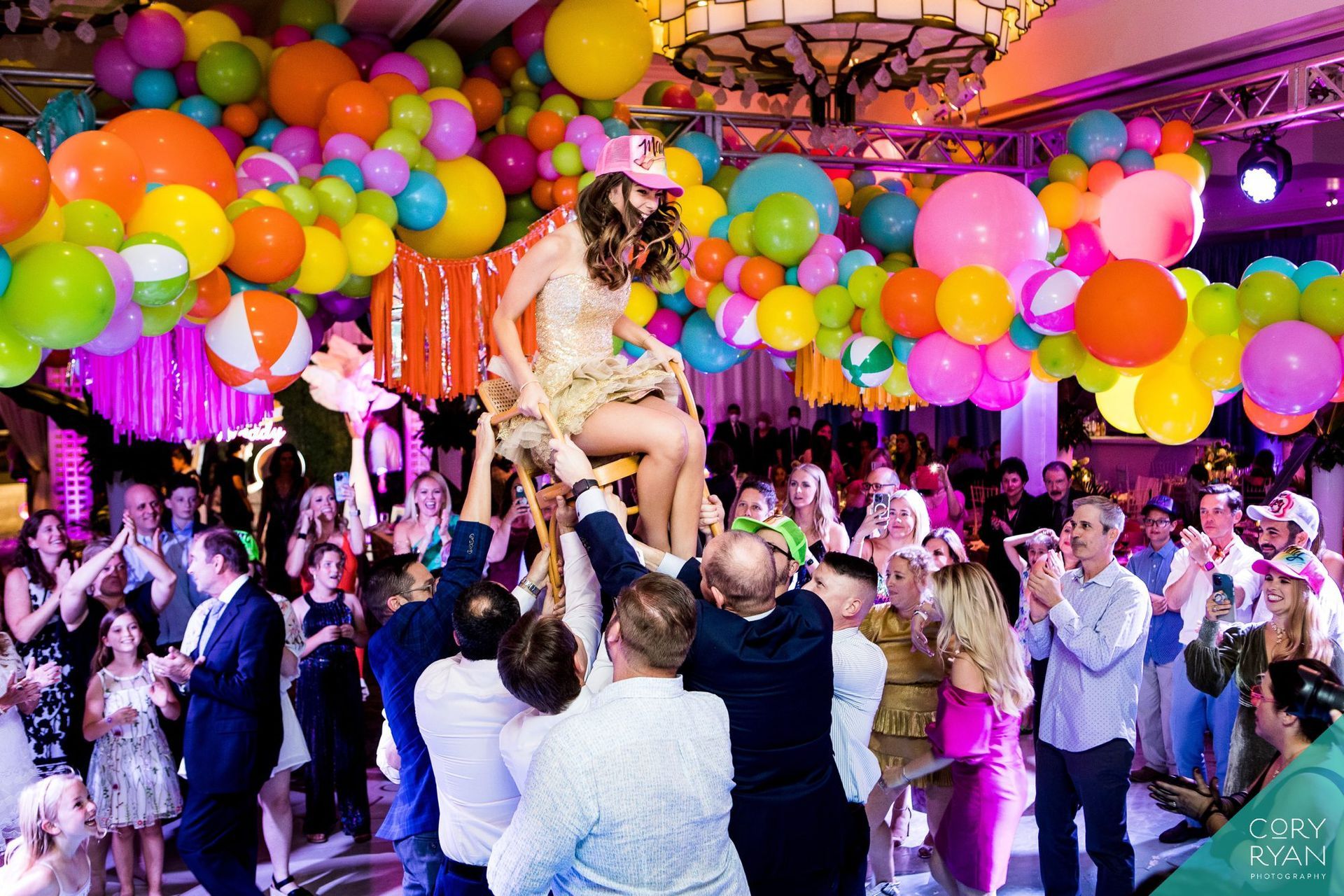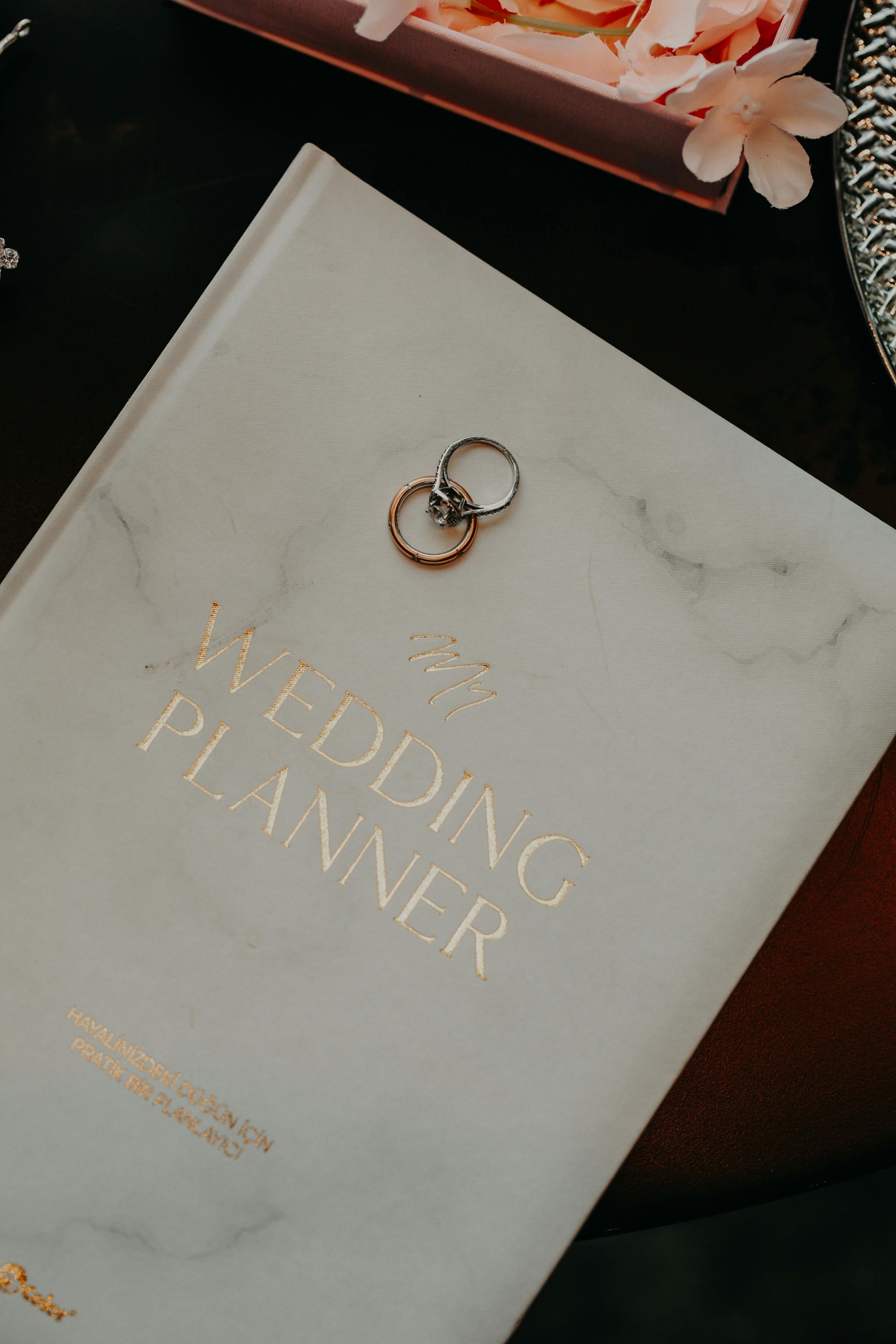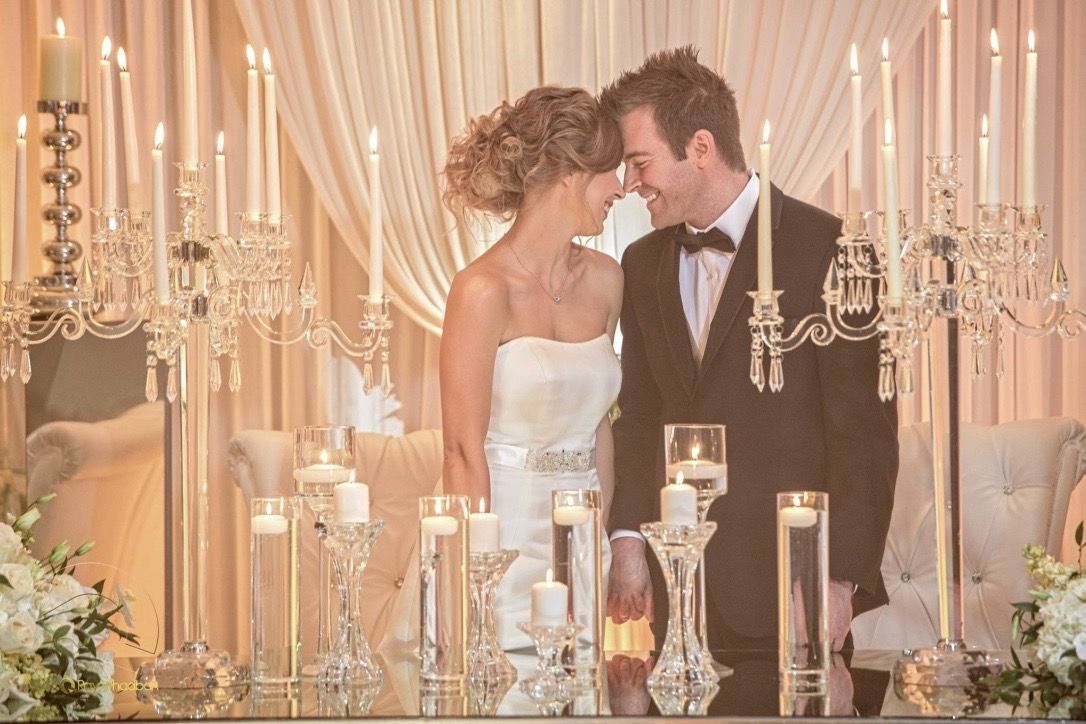This is a subtitle for your new post

Bar/Bat Mitzvah Etiquette: What Every First-Timer Should Know in Fairfax, Virginia
Receiving your first bar or bat mitzvah invitation can make anyone feel nervous, and you're certainly not alone in that feeling. These ceremonies celebrate a young person's important transition into Jewish adulthood, and they're deeply meaningful events that bring families together. These events have many customs and traditions, which can make for a little bit of a learning curve if you're unfamiliar with these customs. With some basic knowledge about what to expect, you'll fit right in and truly enjoy this special milestone celebration.
Understanding Bar/Bat Mitzvah
The bar and bat mitzvah ceremonies mark a young person's entrance into Jewish adulthood. Bar mitzvah and bat mitzvah aren't just different terms for the same event. Boys become bar mitzvah at 13, while girls become bat mitzvah at 12 (based on their Hebrew birth dates). The age difference reflects the traditional belief that girls mature faster than boys. Bar means “son” in Aramaic, bat means “daughter” in Hebrew, and mitzvah means “commandment.” So, literally, we're talking about “sons and daughters of the commandments.”
The ceremony takes place during a regular synagogue service, usually on Shabbat (Saturday) morning. You'll listen to readings from the Torah and prayers in both Hebrew and English. The young person may also give a speech about a section of the Torah. Different Jewish denominations have different customs, so it can be helpful to learn a bit about the specific synagogue you're visiting.
Synagogue Etiquette
Dressing for synagogue isn't complicated, but it's important since you're entering a sacred space. Men need to wear suits or at least button-down shirts with dress pants, a tie, and a jacket — think of it like dressing for an important business meeting or wedding. Women should go for modest dresses suitable for formal business meetings. Think knee-length or longer, covered shoulders, and nothing too low-cut. Remember, this is about showing respect for the religious setting and the significance of the occasion.
Colors have meaning, and that is true in Jewish culture. Some colors have specific meanings, too. White is often associated with weddings or baptisms, black signifies mourning, red can be seen as too flashy, and neon or denim fabrics don't fit the seriousness of the occasion. Gray, brown, navy blue, soft pink, burgundy, and ivory are all safe bets. Men must wear a kippah (a small cap) during the ceremony, but don't worry; most synagogues provide them at the entrance, and they're often personalized for the specific celebration. Women might need head coverings, too, depending on the synagogue's denomination and rules.
Post-Ceremony Reception
Now comes the reception, which can be quite a celebration. These gatherings are often pretty big, think 100 to 400 guests (sometimes more), and take place at a nice event venue. They usually happen in the evening and can last four to five hours. Expect dancing (including the famous Hora dance where everyone holds hands in a circle and moves around the bar/bat mitzvah child), video montages of the young person's life, great food, DJs, and more. They'll likely be a mix of ages in attendance, from grandparents to teenagers, all celebrating together.
A candle-lighting ceremony is a big part of the event and follows a specific order. The first candle lit honors loved ones who have passed — this moment often gets emotional, so don't be surprised to see tears. Following that, candles are lit to honor grandparents, aunts, uncles, and cousins, followed by family friends, close friends of the mitzvah child, and finally, immediate family members.
Bar mitzvahs usually have 13 candles, while bat mitzvahs have 12, though families sometimes add extra candles to honor more people. Each person or group gets their own special song — something meaningful to them — and a short speech from the bar/bat mitzvah child. It's really lovely to watch and gives you insight into the relationships that matter most to this young person.
Gift Giving Guidance
Gift-giving holds a special significance in Jewish tradition because of the number 18, which represents “chai” or “life” in Hebrew. While $18 is a symbolic starting point, guests often give larger amounts in multiples of 18, so $36, $54, $72, and so on. Typically, the closer your relationship to the young person, the larger the amount you'll give. So, close relatives might give $250 to $500, while close acquaintances might give $100 to $200.
You don't have to stick to cash, though. 529 college savings contributions, charitable donations to relevant causes, or Israel bonds all work great. Traditional Judaica gifts such as Torah pointers, Tallit bags, mezuzahs, Star of David jewelry, menorahs, Hebrew name necklaces, or protective amulets such as the Hamsa make meaningful alternatives too.
Experience Your Bar/Bat Mitzvah at CrystalView
Going to your first bar/bat mitzvah doesn't have to be stressful. Once you understand the basics, you can relax and enjoy this important milestone.
If you're planning a bar/bat mitzvah in the Fairfax area, CrystalView Weddings & Events is here to make your celebrations memorable. We understand kosher requirements and the significance of traditions such as candle-lighting ceremonies, and we respect the cultural nuances involved. Contact us online or at 703-218-4444 to see how we can help make your bar/bat mitzvah unforgettable.




